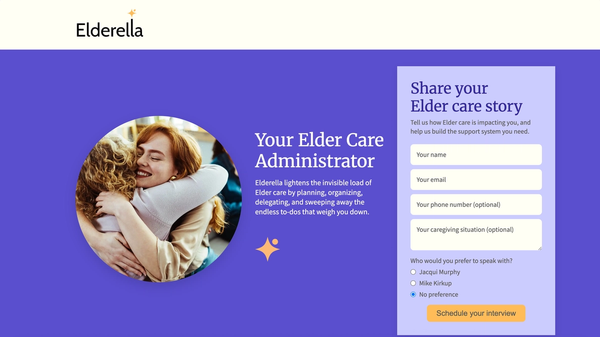Welcome to Mike Kirkup
Latest blog posts

Arlo Mistake #5 - Avoiding the Hard Integrations
As I outlined in my first mistake post, Arlo started as an internal tool and expanded from there. When we used it internally it had simple integrations with our Customer Relationship Management software (CRM) and Slack for notifications. This allowed our team to stay on top of changes.
When we took the product to market we did not integrate with any other systems and it was the most common request. Do you integrate with our CRM (Salesforce was highest and HubSpot second)? Do you integrate with our data room system (Box, Microsoft OneDrive, DropBox, Google Drive, etc)? Do you integrate with our email (mostly Microsoft 365 but some Google Workspace)?
September 23rd, 2025
Arlo Mistake #4 - Why we were blind to our AI's failures
We lost at least three accounts because our AI failed during customer demos, and we had no idea it would. We were flying blind without evals - the equivalent of shipping code without tests. This is how we learned that customers don't ask for evals; they just expect your product to work.
September 16th, 2025
Announcing Elderella
I'm taking a break from my weekly posts on mistakes made at Arlo to share some exciting news: I am co-founding a new company with Jacqui Murphy called Elderella.
After spending time reflecting on lessons learned at Arlo, I'm ready to channel that experience into something new. I'm partnering with Jacqui Murphy—an incredible operator who has scaled companies from the ground up, and who deeply understands the challenges of elder care through her own caregiving journey.
The Problem We See
In five years, 25% of the population in Canada and the US will be over 65. We're not looking at a wave—it's a tsunami, and it's already here.
And it's not just about aging parents. So many people are caught in the middle—caring for their parents while raising their own children. The endless coordination between siblings. The overwhelming to-dos that pile up faster than you can tackle them.
One person told us: "When you're in it you feel like you're the only person in the world going through it and there's no answers because it's just you and them."
September 9th, 2025
Arlo Mistake #3 - I Recorded Every Sales Call. I Never Listened to Them.
I have written two so far on product related lessons learned and I feel like it would be a good time to switch over to go to market lessons learned.
One of the benefits of a startup is that you can start fresh from a tooling perspective and we definitely took advantage of that with Arlo. New AI driven CRM (Attio), new lead gen software (Seamless, Ocean, Clay), new outreach software (Instantly, HeyReach), and many others. Our messaging was working ("Arlo is the world's first AI loan processor" was our winner). We booked ~15 demos per month.
Here's the reality though: 2-3 would no-show every month. So I'm actually delivering 12-13 demos. Of those, maybe 2 closed. That's a lot of rejection.
September 2nd, 2025
Arlo Mistake #2 - Choosing features over product quality
As I mentioned in my last blog post, I made the mistake of building additional features onto our existing product instead of stepping back to truly analyze the workflow of customers. But that initial mistake led to another critical error: getting trapped on the feature treadmill itself.
For those unfamiliar with the phrase “feature treadmill”, it refers to the endless cycle in which a development team continually adds new features to a product to satisfy customer demands. This pattern can trap teams in a situation where they are always chasing the next requested feature, rather than focusing on core value, product quality, or sustainable growth.
August 26th, 2025
Arlo Mistake #1 - Starting with a solution and not a problem
While starting with a solution before understanding the problem is a well-known mistake, we entrepreneurs still fall into this trap when it presents itself differently. Here's how I made this mistake at Arlo—and why it cost us months of development time and potential customers.
August 18th, 2025